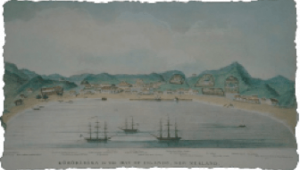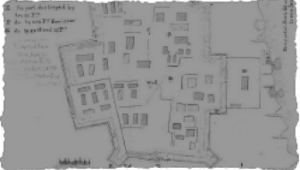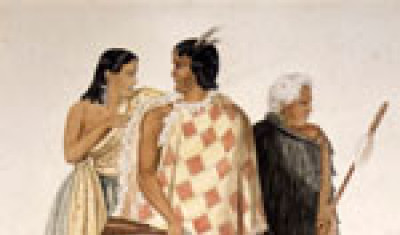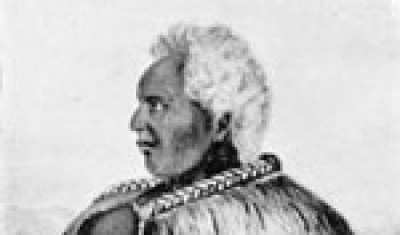
Cost



For New Zealand at that time, the scale of the conflict was not small. The army of 1300 troops and volunteers sent to Ruapekapeka in 1845 was the largest the British had deployed in New Zealand to that date. For comparison, the force was equivalent in size to one-tenth of the pākehā population of New Zealand at the time.1 The campaigns against Heke and Kawiti were gruelling and expensive. However, the British had the might of an empire behind them, in stark contrast to their opponents.
Ngāpuhi paid a very high price for their partial victory.2 By Māori standards, the Northern War lasted a long time, which placed considerable strain upon Ngāpuhi resources. Māori warriors were not professional soldiers. They were fishermen, traders, farmers, husbands and fathers. Channelling the available man-power into the war effort caused huge disruptions to everyday life. Old people and small children were left behind in their home villages to fend for themselves. Gardens went untended and there wasn’t time for the usual fishing and gathering food. Trading with pākehā settlers – by then integral to the Ngāpuhi economy – was disrupted.
On top of all this, Northern Māori lost a number of pā and villages which were not actively defended. The British soldiers destroyed perhaps eight3 of these settlements, to punish those they believed to be associated with the “rebellion”. Gardens, food stores and valuable possessions such as waka were lost. The losses drove Ngāpuhi into a state of “extreme deprivation”, as people were forced from their homes to find refuge elsewhere.4 Māori in the North continued to suffer these economic and social effects long after the fighting drew to a close.
1 Based upon a population of 13,000 pākehā colonists in New Zealand in 1845 ‘Overview of New Zealand History in the 19th Century’ nzhistory.net.nz accessed 1 July, 2013
3 R. Johnson (1996:413) lists nine villages/pā, which were destroyed by the British during the war; most were not actively defended.





